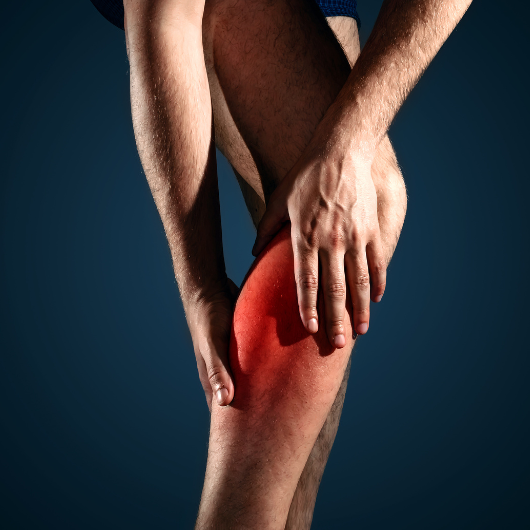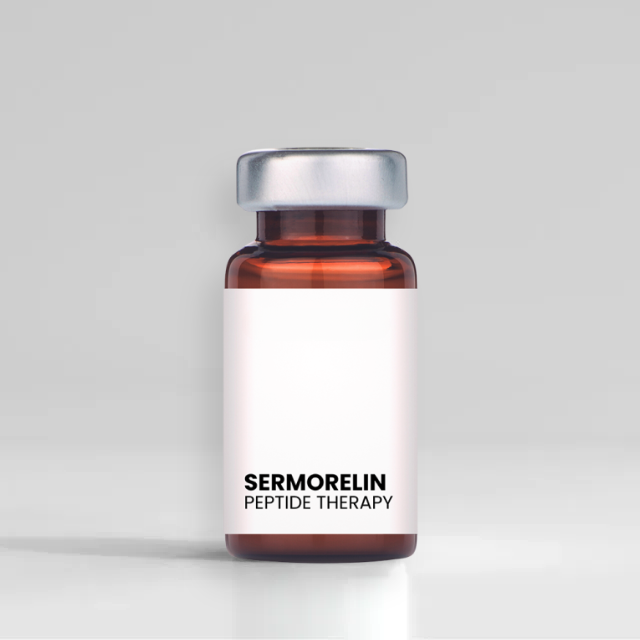Cryotherapy for Pain Management
Cryotherapy is a growing favorite for affordable, non-invasive pain relief.

Cryotherapy is getting a lot of attention these days, and for good reason. It’s a simple, non-invasive way to ease pain that’s becoming popular not just with athletes, but also with anyone dealing with chronic discomfort.
Whether you’re struggling with ongoing pain or just need quick relief from a recent injury, cryotherapy might be exactly what you’re looking for. Let's break down how it works and why it’s worth considering as part of your pain management plan.
In this article, we’ll cover:
- How cryotherapy helps with pain
- The main benefits of using cryotherapy for pain relief
- How cryotherapy compares to other pain management options
Lets explore the chillier side of pain management.
Understanding Cryotherapy
Cryotherapy offers pain relief by exposing your body to extreme cold, either locally or as a full-body treatment.
Cryotherapy, or cold therapy, has been around for ages. While ancient cultures used cold to heal injuries, modern cryotherapy took off in Japan in the 1970s, initially for treating rheumatoid arthritis. Since then, it’s spread globally, especially among those looking for alternative pain relief methods.
At its core, cryotherapy involves exposing your body to super-cold temperatures for a few minutes. This can be done in specific areas (like a sore joint) using ice packs, ice baths, or cryotherapy devices. Whole-body cryotherapy takes things up a notch—you step into a chamber cooled down to -200 to -300°F for a few minutes. Sounds intense, right? But many people swear by the benefits.
How Cryotherapy Works to Relieve Pain
Cryotherapy reduces pain and inflammation by triggering the body’s natural healing responses through exposure to extreme cold.
Here’s what happens during cryotherapy: When your body is exposed to extreme cold, your blood vessels tighten, which reduces blood flow and numbs the area—bringing immediate pain relief. After your session, the blood vessels expand, sending fresh, oxygenated blood back to the area, which helps remove toxins and speeds up healing.
Studies back up the benefits. Research has shown cryotherapy can significantly reduce pain, cut down inflammation, and even improve recovery times. For example, a study found that cryotherapy helped reduce muscle soreness in runners, while another highlighted its positive effects on people with rheumatoid arthritis.
Benefits of Cryotherapy for Pain Management
Cryotherapy delivers quick pain relief, reduces inflammation, and can improve both mobility and mood.
One of the big appeals of cryotherapy is the almost instant relief it offers. Whether it’s an injury or chronic pain from something like arthritis, cryotherapy helps reduce inflammation and numb the pain. A lot of people notice a big difference after just one session.
But it’s not just about short-term relief. Here are more benefits you can look forward to with regular cryotherapy:
Cryotherapy vs. Other Pain Management Therapies
Compared to traditional methods, cryotherapy is quick, non-invasive, and has fewer side effects.
How does cryotherapy stack up against other pain management methods? Let’s break it down.
Traditional options include medications like painkillers, physical therapy, or even surgery. While these can be effective, they come with downsides—meds can have side effects, physical therapy can take time, and surgery is invasive with a long recovery.
Cryotherapy, on the other hand, is non-invasive, usually has minimal side effects, and offers quick relief. That said, it’s not a one-size-fits-all solution. Some people might get better results from other treatments, while others find cryotherapy more effective. It really depends on your body and what works best for you.
How to Add Cryotherapy to Your Routine
For the best results, consult a professional, start gradually, and combine cryotherapy with healthy habits.
If you’re thinking of giving cryotherapy a try, here are a few tips:

Consult with a professional
To ensure that cryotherapy is right for your pain management needs, it’s important to consult with a healthcare professional. This is especially true for individuals with underlying health conditions.

Start with a few cryotherapy sessions
To see how your body responds, begin with a few sessions. It's usually recommended to begin with shorter sessions and gradually increase the duration as you become more accustomed to the cold.

Pay attention to your body's signals
If you feel any discomfort or adverse effects, stop the treatment and consult with a professional. Remember, while cryotherapy can offer significant benefits, it's essential to use it safely and responsibly.

Combine with healthy practices
Cryotherapy is helpful in pain management but it's most effective when used as part of a holistic approach to health and wellness. Stay active, eat a balanced diet, and maintain a regular sleep schedule for maximum benefits.
Ready to Try Cryotherapy?
Cryotherapy is a unique, non-invasive way to manage pain with both immediate and long-term benefits.
Cryotherapy offers a fresh approach to pain relief that’s quick, effective, and easy to add to your routine. By understanding how it works and including it in your wellness plan, you can take a proactive step toward better pain management.
To sum it up, we’ve covered:
- How cryotherapy helps with pain
- The key benefits of using cryotherapy for pain relief
- How cryotherapy compares to other methods
If you’re ready to see what cryotherapy can do for you,
take a look at our Cryotherapy services today!
Ready to take the plunge and improve your life?
Choose The Location Closest to You




















